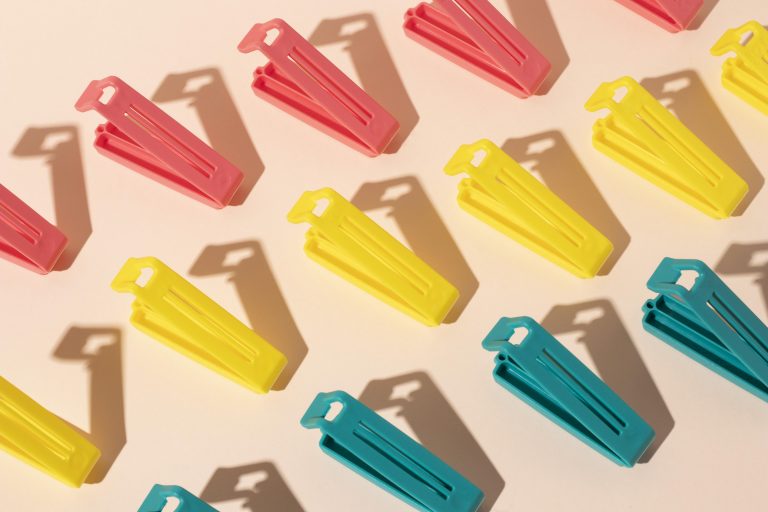How 3D Printing Strengthens “Made in the USA” Manufacturing
As global supply chains grow more fragile, the call to “Buy American” has never been louder. Once driven by legislation such as the Buy America Act, this movement is now fueled by innovation, particularly through additive manufacturing (AM), also known as 3D printing.
Modern 3D printing is helping companies bring production back to U.S. soil, strengthen domestic supply chains, and build a more resilient American economy.
Reshoring Manufacturing: From Dependence to Independence
For decades, offshoring promised lower labor costs but at the expense of control, quality, and flexibility. The COVID-19 pandemic exposed just how fragile those global systems were; one missing part could stall entire production lines.
Additive manufacturing changes that equation.
3D printing eliminates the need for overseas tooling or mass production, enabling parts to be designed and manufactured locally, on demand, and at scale.
This shift not only reduces dependency on overseas suppliers but also dramatically shortens lead times. Components that once took weeks to ship can now be printed in just days, improving speed, security, and responsiveness for industries such as defense, aerospace, healthcare, and automotive.
Energizing Local Economies and Job Creation
The rise of additive manufacturing in America isn’t just about machines; it’s about people. As 3D printing continues to scale, it’s creating high-skill jobs across engineering, materials science, machine operation, and digital design.
This new generation of manufacturing professionals is driving innovation while building the future-ready workforce our economy needs. Every new AM lab, training center, and production hub adds momentum to a stronger, more self-sufficient industrial base.
Flexibility, Efficiency, and Sustainability
Traditional manufacturing excels at large-scale runs but struggles with cost, waste, and adaptability. Additive manufacturing offers a smarter alternative.
- No tooling or molds required, lowering upfront costs.
- On-demand production eliminates the need for excess inventory.
- Additive builds only what’s needed, reducing material waste by up to 90%.
- Recyclable and bio-based materials further enhance sustainability.
This makes 3D printing not just efficient, but also environmentally responsible, aligning with the growing push for sustainable manufacturing in the U.S.
Industry 4.0: The Next Chapter of U.S. Manufacturing
America’s next industrial revolution, Industry 4.0, is about integrating intelligent digital technologies into production processes. 3D printing sits at the center of that shift.
By digitizing part inventories and maintaining digital design files, manufacturers gain the flexibility to print parts anywhere, at any time, using the optimal material and process. Technologies like Multi Jet Fusion (MJF) enable scalable, high-quality printing for both prototypes and end-use parts, helping U.S. companies compete globally with domestic agility and efficiency.
ABCorp 3D: Built on American Ingenuity
Founded in 1795 as the U.S.’s first secure manufacturer, ABCorp has evolved through every industrial era, from anti-counterfeit currency to modern 3D-printed components.
Today, in our secure Boston facility, we operate multiple HP Multi Jet Fusion printers producing parts in PA11, PA12, Polypropylene, and TPU, including full-color Nylon via HP’s 580 series.
When the pandemic disrupted global supply chains, we adapted, pivoting from plastic cards and passports to protective equipment and on-demand printed parts. Now, we’re helping our partners do the same by reshoring their production and securing their supply chains.
The Future of “Made in the USA”
Additive manufacturing is more than a technology; it’s a strategy for American renewal.
It allows companies to:
- Produce locally with speed and precision
- Minimize supply chain risks
- Create sustainable, high-quality parts
- Invest in the U.S. workforce and economy
At ABCorp 3D, we’re proud to help lead this transformation, bringing innovation, security, and sustainability back home.
Ready to bring your production back to U.S. soil?
Partner with ABCorp 3D to explore how additive manufacturing can strengthen your supply chain, reduce costs, and accelerate innovation, all while keeping your products Made in America.
Contact us today to get started.



